|
WHAT?
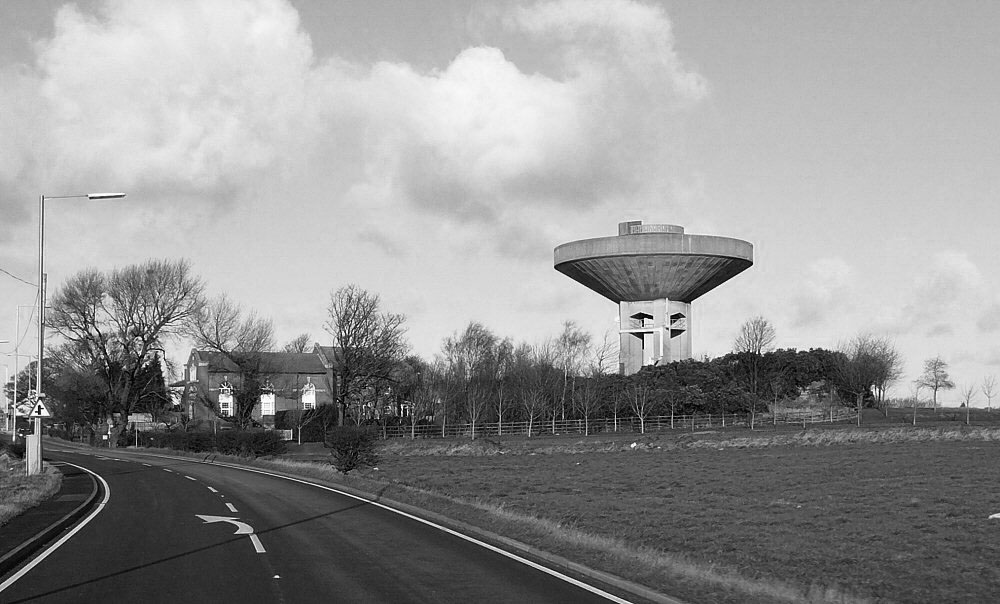 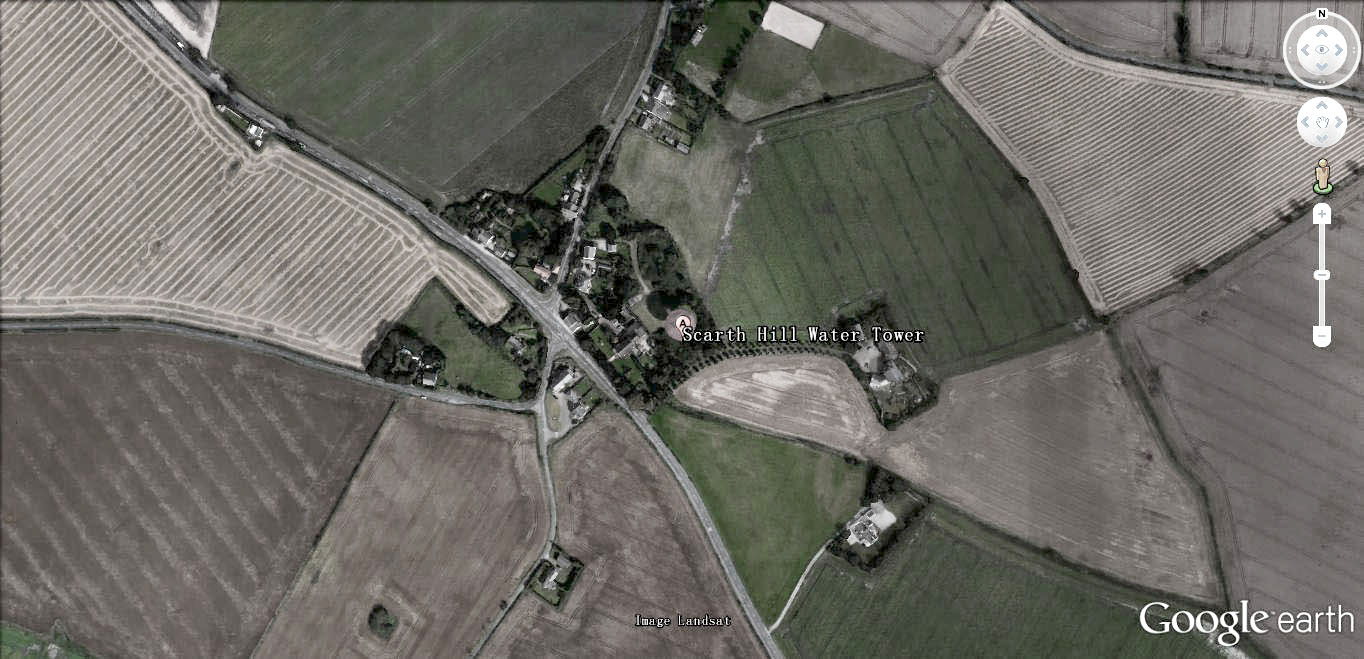
1 Site Plan, Xue Xuan
2-3 Scarth Hill Water Tower Photogragh, Google Map
This thesis is to explore the multi-possibility of transforming the abandoned industrial towers.
Site/Scale/Scope
The site is in Ormskirk, a market town in West Lancashire, England. The project is to transform a 30 metre abandoned water tower into a living space, like market, residence, hotel, restaurant etc.
Reason for choosing the site
Locally, Ormskirk is well known for the concrete, mushroom shaped water tower on Scarth Hill.It was built in the early 1920s, but now derelict, remain as a important industrial heritage of the town. The huge and geometrical form together with vertical towering space leaves us a sense of monumentality. To transform a tower is to connect mudane new function relating to human life with these monumental space, which is not designed for human before. The state in between monumentality and mundaneness is the overarching goal for the thesis.
WHY?
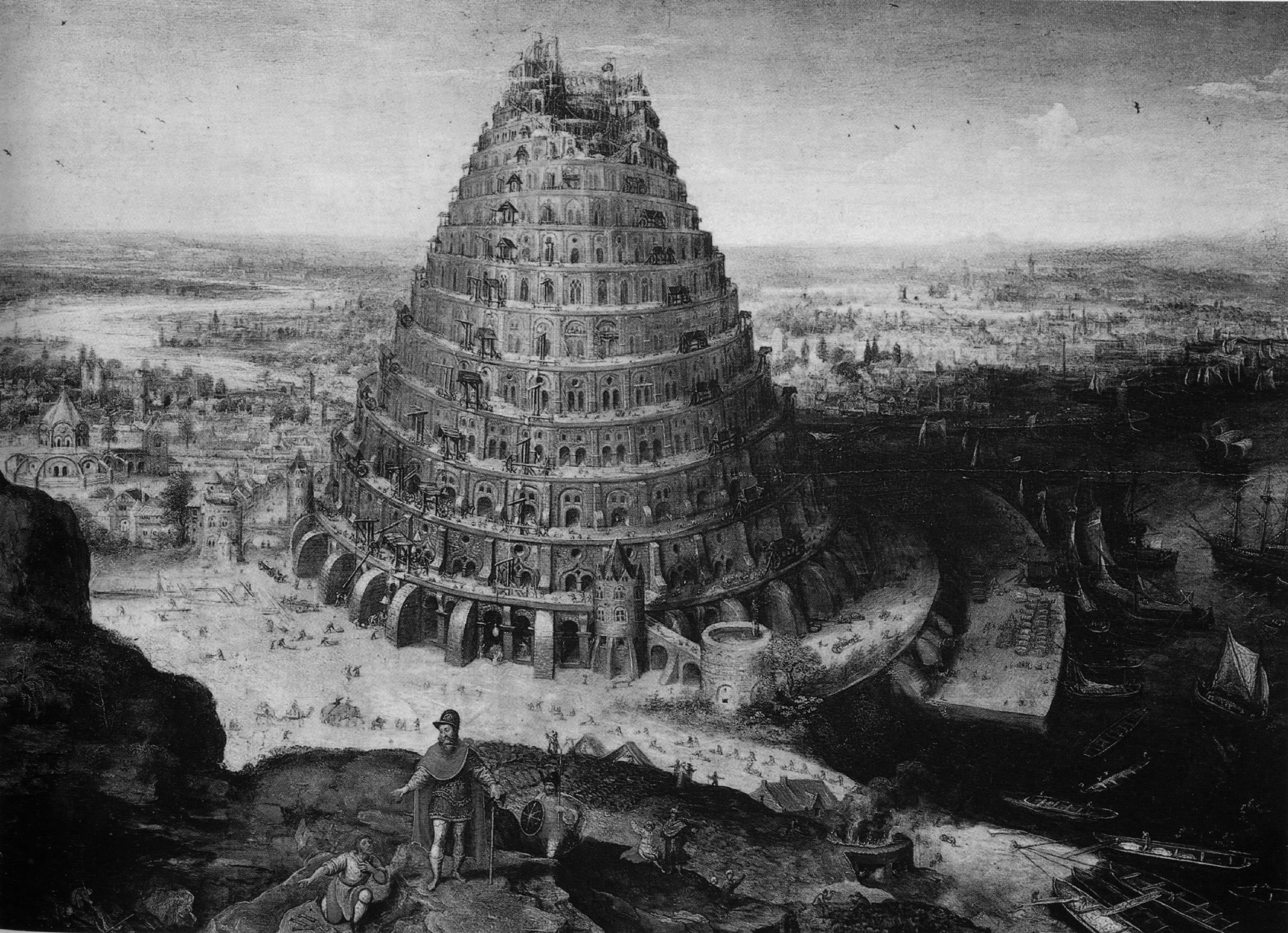 
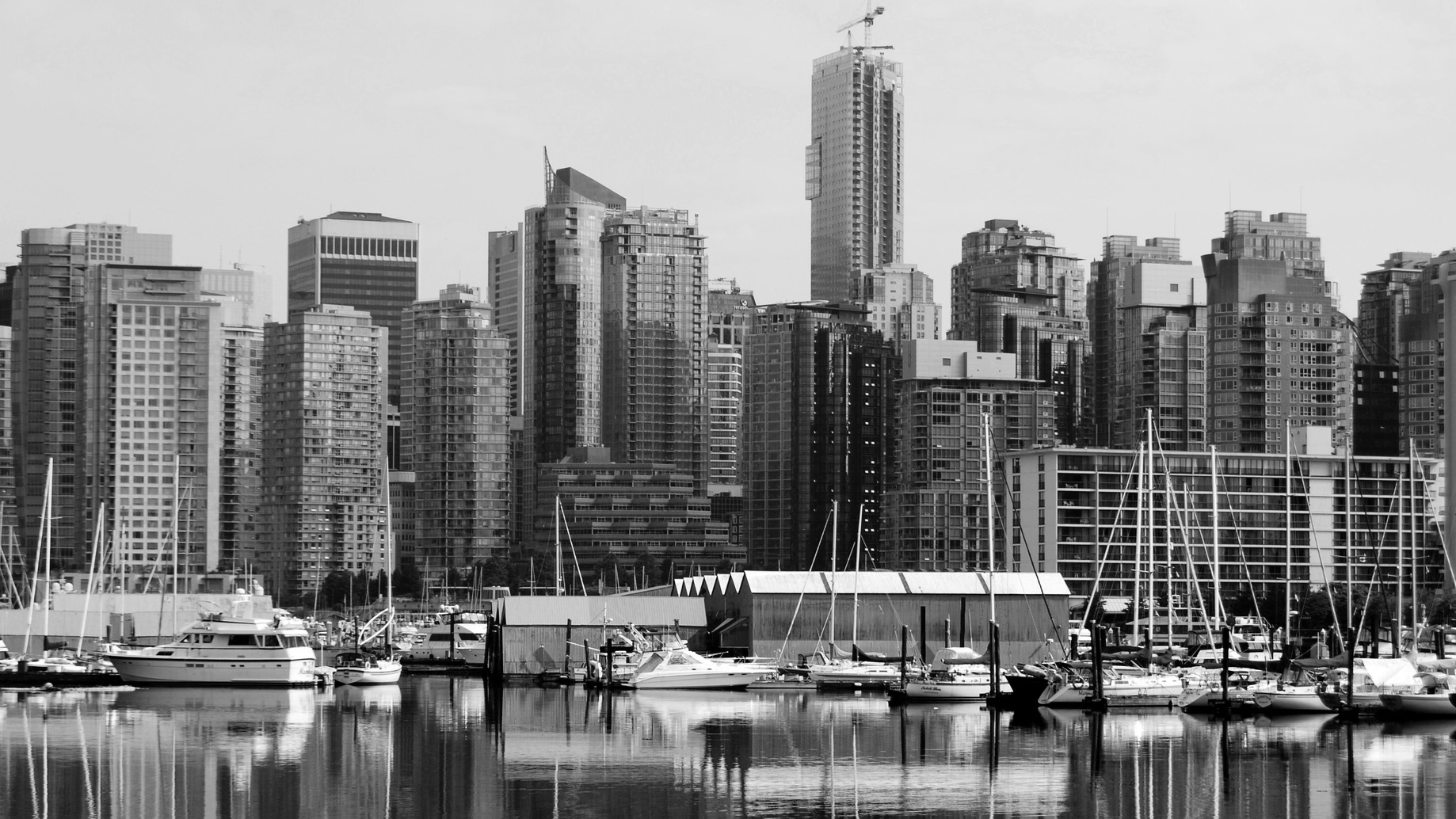 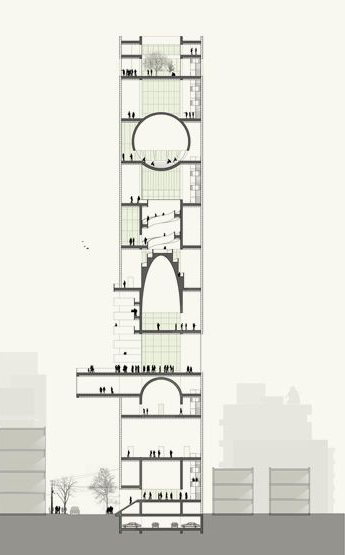 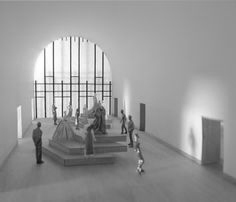 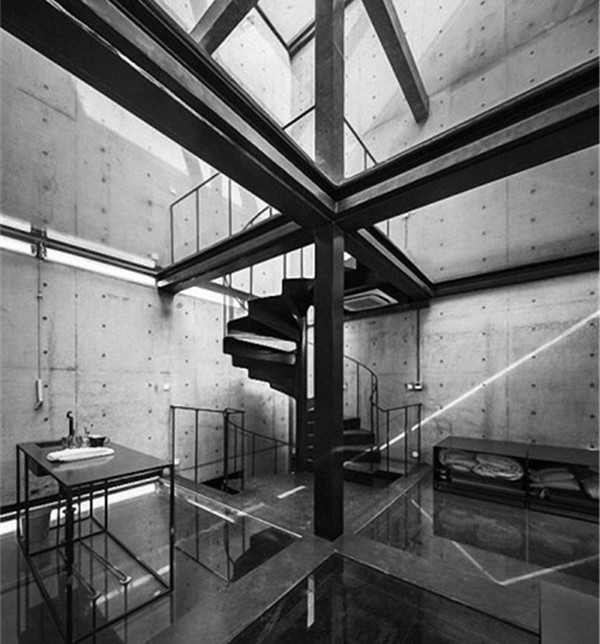 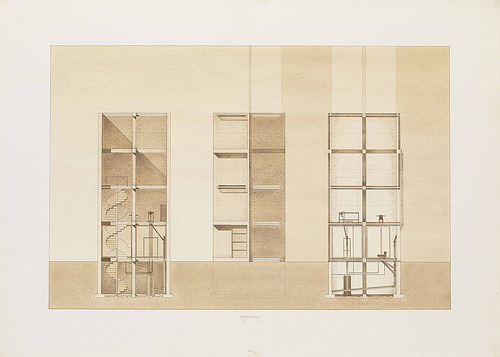
1 Tower of Babel, Lucas van Valckenborch
2 Cénotaphe égyptien, Etienne- Louis Boullee
3 Galerie der Gegenwart, Oswald Mathias Ungers
4-5 Tokyo fashion Museum,Scheurwater/vandenHoven
6-7 Vertical Glass House, Yung Ho Chang
Tower is an important type of architecture. Its towering geometrical form leaves people a strong sense of visual impact. In history, the emergence of tower mainly has two reasons. First, to elevate an object to a higher level. Second, to obtain more space within limited land.The thesis is to transform the old industrial tower into a functional space, how to conserve the original vertical space of the tower within the intensive spacial distribution is an important subject.
Religious,Sublime, Eternal – Tower for Elevating
Since the ancient time, human beings have dreamed of getting close to the god through building a tower. (the tower of babel)The goal for the tower is to elevate people to the sky.The towering vertical space together with high above light leaves people a sense of rising, right like a dialogue with the god.
Functional, Efficient, Stack – Tower of Stacking Rooms
Different from pursuing the height as well as the vertical towering space, another kind of tower emerges because of the shortage of the land. A tower is actually a stack of rooms in order to strive for more space within limited land. The vertical space as well as monumentality were missing. Only the form still alive.
This thesis is to redefine the monumentality of tower: conserve the original vertical space of the tower within the intensive spacial distribution, use the vertical space of tower to build a connection between mental and daily life. In the case of Vertical glass house, Yung Ho Chang replace the concrete floor with glass, light comes from the top, going through the glass floor to each floor. A new munumental tower is an inner mental home through study of meterial, light, movement etc.
HOW?
Step1– 1:200 sectional drawings of industrial tower ( Dec 17 )
Make an atlas of abandoned industrial towers in history, for instance, lighthouse, water tower, wind mill, clcok tower etc, in a way of section drawing. Explore the monumentality of these spacial prototype, through analyzing meterial, lighting, form, order, movement etc, a series of sectional drawings of 1: 100was made.
Step2– Four 1:100 sectional models of test cases (Review 1).
Draw a series of scenario of how people’s activity may interact with the original space. Four sectional model to further explain.
Step3– One 1:100 sectional model of test cases( Review 2).
Mapping out the site, analyze the context and find the suitable program for the site. A site model of 1:500 together with a series of diagram to done.
Step 4– A 1:100 sectional model to study the space of tranformed equipment, a 1: 50 sectional model to study people’s activity inside. A series of rendering to explain the interior.( Review 3)
BIBLIOGRAPHY
Bibliography 01: Theory
1. Etienne- Louis Boullee(1728-1799), Jean- Marie Perouse de Montclos,George Braziller Inc.
2. Oswald Mathias Ungers, 2006, Cosmo of Architecture, Hatje Cantz Verlag
Bibliography 02: Techniques
1. A. Deplazes, 2007, Constructing Architecture, BIRKHAUSER| ETH
Bibliography 03: Seminal/ Current related works
1. Oswald Mathias Ungers, 2002, Oswald Mathias Ungers works and projects 1991-1998, Phaidon Press
2. Louis I. Kahn,1975, Louis I. Kahn Vol.2, a+u Publishing Co., Ltd., Tokyo.
ARTIFACT

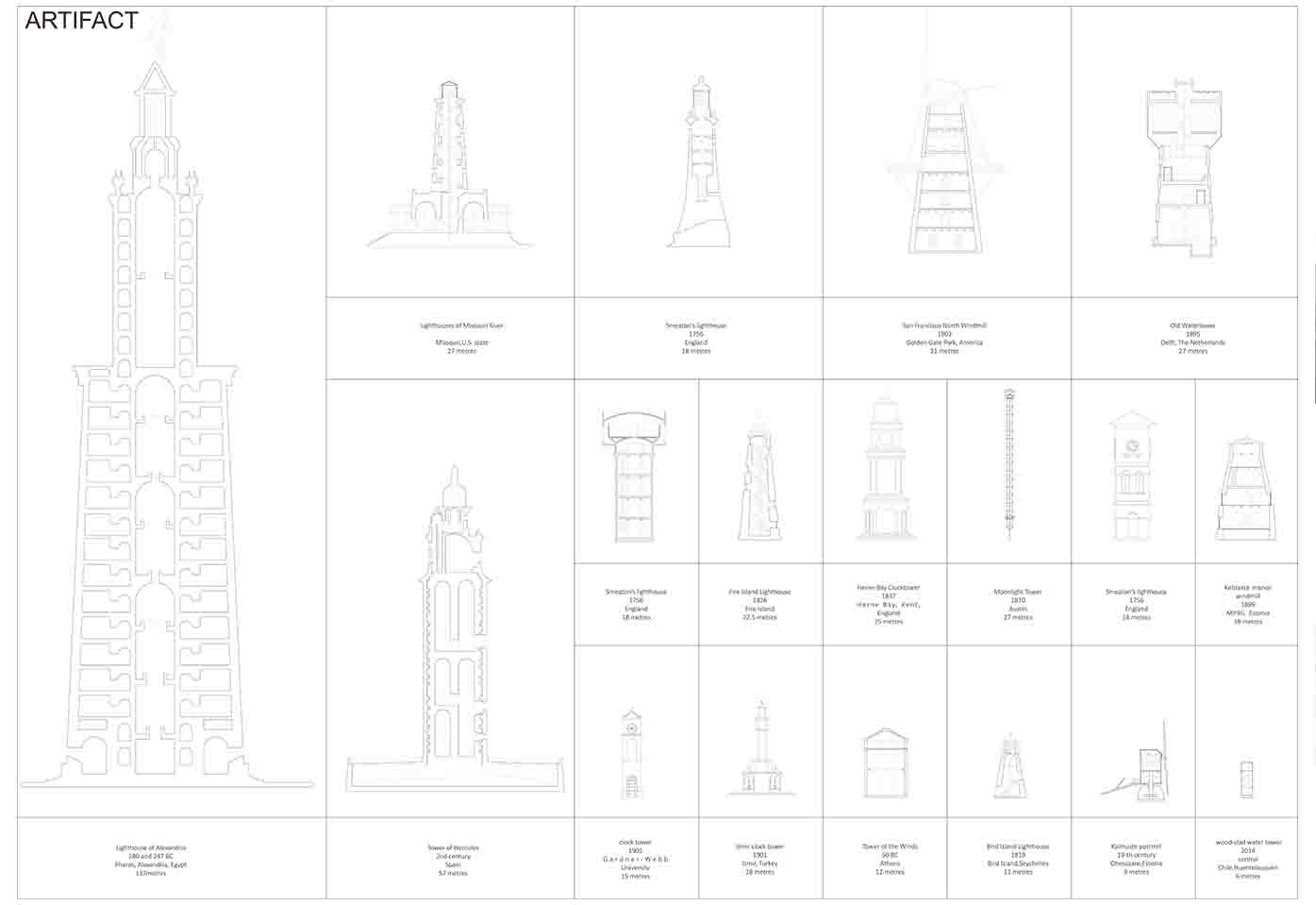
|










